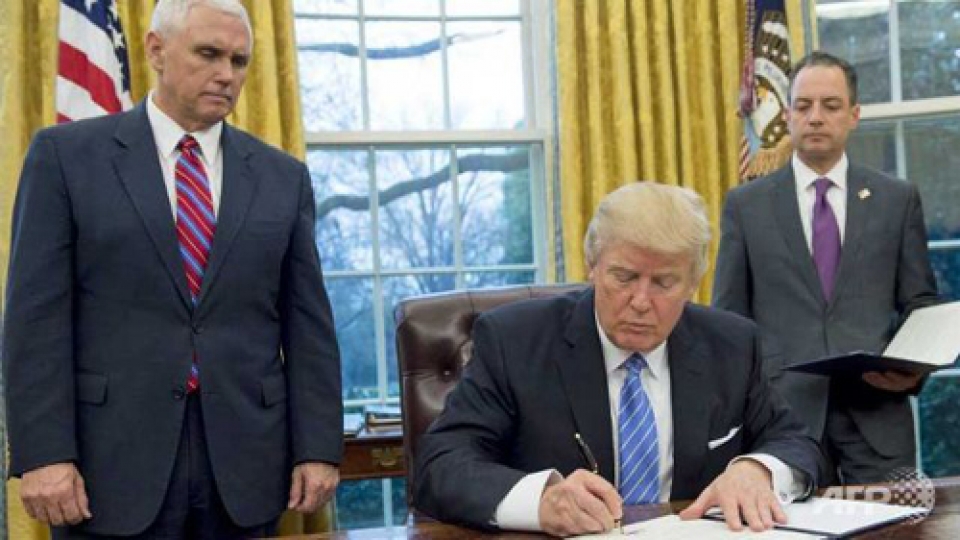Moody’s cited research by the Peterson Institute for International Economics (PIIE), which has ranked Vietnam and Malaysia among the countries in the list of 12 TPP signatories that expected to see a sizeable growth spurt. The two countries would have benefited from trade with the United States and from large, long-term foreign direct investment inflows.
The PIIE research found that the Vietnamese economy – measured by real income in 2015 in US dollars – would be 8.1% larger in 2030 compared to a baseline without the TPP, while Malaysia’s would be 7.6% bigger.
The agreement would also have improved trade access - even where agreements already existed - to some hitherto protected markets, such as Japan’s agricultural products.
The significance of the deal is testified by its scope and size - the TPP signatory economies account for about 40% of the global GDP.
Several TPP signatory countries are now working on other trade deals such as the Regional Comprehensive Economic Partnership (RCEP) – with the exception of the Free Trade Area of the Asia-Pacific (FTAAP) agreement – but the benefits from these trade deals will be smaller than those of the TPP, as they will cover a smaller share of global trade, overlap with existing arrangements and be narrower in scope.
